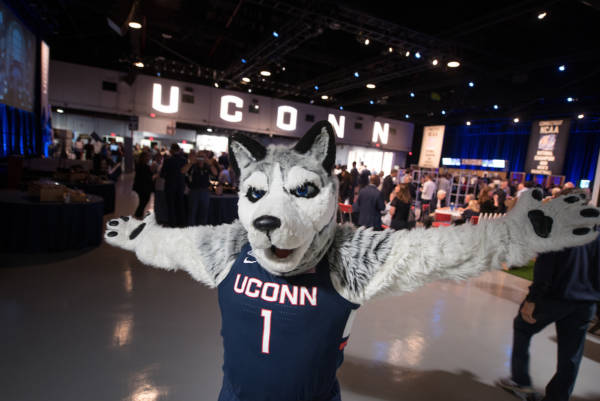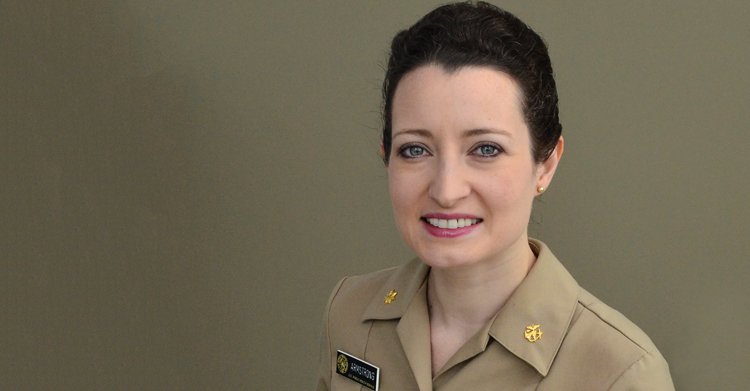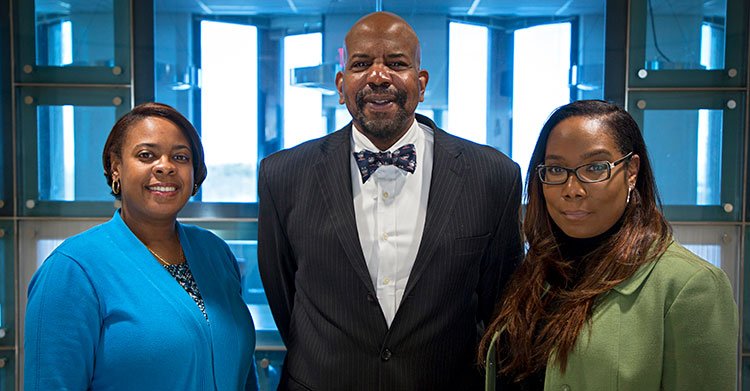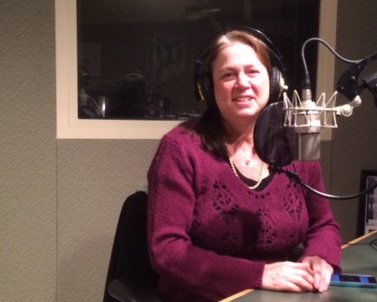The Doctors Will See You Now–At the Ballpark
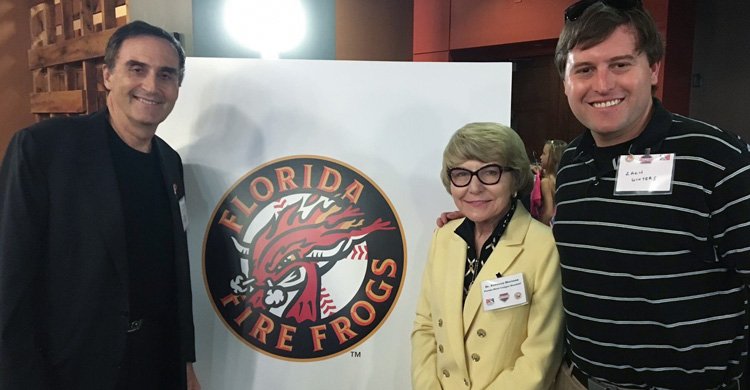
Dr. Tom Winters ’80 MD and Dr. Rebecca Moroose ’80 MD are doctors by day, Fire Frogs by night.
Rebecca and Tom are co-owners of the Florida Fire Frogs, a Class-A-Advanced affiliate of Major League Baseball’s Atlanta Braves. They’ve owned the team for 12 years when the Fire Frogs were known as the Brevard County Manatees, a Milwaukee Brewers affiliate. The UConn alums have also owned World League of American Football and arena football teams in the past, but baseball is their favorite sport.
“I’m a big baseball fan,” Tom explained. “When I was a kid, my father and I were Cincinnati Reds fans. We used to sit out in the driveway of our home in Norwich, Connecticut, and listen to the Reds game, because we couldn’t get it on the radio in the house.”
Rebecca admits she became a sports fan through marriage, but she also appreciates the ballpark experience.
“I was athletic, but I wasn’t a big sports fan,” she said. “I enjoy it because it’s a good time to get together with friends and family.”
The couple has seen many future baseball stars come through their stadium in Kissimmee, Florida, including Milwaukee Brewers All-Star outfielder Ryan Braun, Kansas City Royals shortstop Alcides Escobar, and even former Boston Red Sox first baseman Kevin Millar. But beyond the hot dogs, peanuts, and the crack of the bat, the couple’s favorite part of owning a team is the community camaraderie.
“What I really enjoy are the nights at the ballpark when we get to pay tribute to the armed services and first responders, and host cancer awareness nights,” Rebecca said. “Those nights mean a lot to me, because it’s the spirit of the whole game and minor league baseball to keep it in your community.”
In 1986, shortly after finishing their medical residencies, Tom and Rebecca moved to Central Florida. The couple met in their first year at UConn’s School of Medicine.
“I loved my first years in medical school,” Tom said. “I’m a nut for saying that, but it was like a small high school with 80 medical students and 40 dental students. We had a homeroom and lockers, and we used to go out and play flag football or basketball in the city of Farmington. It was a good time for us. There was no competition at that time–we all knew that we would get residencies afterwards, so everybody helped each other out every day.”
Both say their successful medical careers are due to their UConn education. It comes as no surprise that Tom the sports fan owns a sports medicine practice.
“I couldn’t hit a curveball; I didn’t have a big enough arm to play quarterback,” Tom explained. “When I went into medicine, and I started in orthopedics, sports medicine was a natural choice.”
Rebecca runs the cancer research and genetics program at the University of Florida Health Cancer Center at Orlando Health, where patients work with genetic counselors to assess whether they have a hereditary predisposition to certain cancers. She also teaches at the University of Central Florida, where she was a founding faculty member of their College of Medicine. The two work across the street from each other, keeping their work in the community.
It was this community that rallied around Tom and Rebecca after their son Nate, a high school pitcher, lost his left leg after a boating accident in 2010. As detailed on ESPN’s E:60 television program, many athletes and friends came to Nate’s side: Ryan Braun, Arizona Diamondbacks pitcher Zack Greinke, who once pitched in the same league as Nate, and current Los Angeles Clippers head coach Doc Rivers. At the end of a long recovery, Nate returned to the mound with a prosthetic leg and pitched again for Winter Park High School.
“The outpouring from the community was unbelievable,” Tom said. “That night while Nate was in surgery for the first time, more than 150 people came to the hospital and sat with us. Everyone was so supportive when he went back to school. Then he decided to run for class president and won in a landslide. I could go on and on, but his friends and the community turned this into something we will never forget–for how nice people really are!”
As the summer days begin in earnest, Tom and Rebecca will enjoy the warm Florida nights at their local ballpark among friends and family, rooting for the home team. And they’ll always have a special place in their heart for where their journey together began: UConn.
“Last year, Rebecca and I went back for our 35th reunion, and it was neat to go back,” Tom said. “It was good to see some former classmates. You went into a field together and grew up together. It’s nice to see what your classmates are doing with their lives. The best thing about UConn is that you really felt like you were working together for a common cause.”
